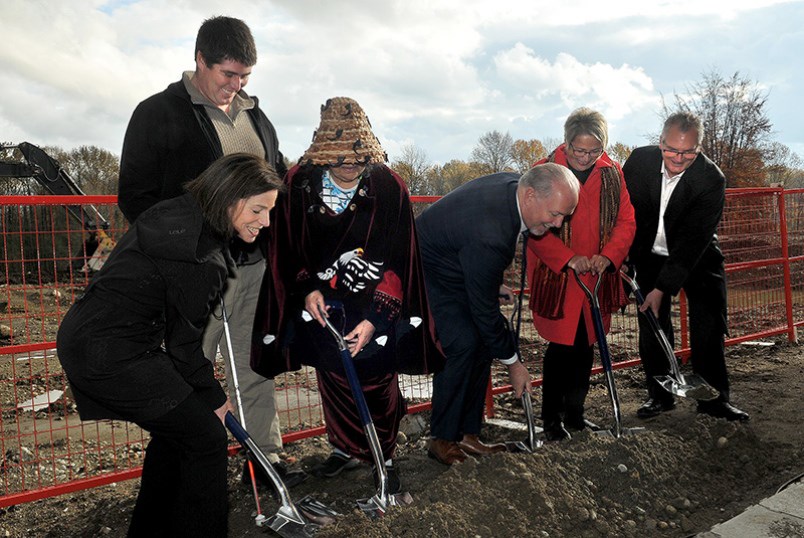Two Tri-City young people who died of an opioid overdose and whose deaths were ruled accidental in 2017 brought home concerns about what has become a provincial health care crisis.
This year, New Westminster MLA Judy Darcy was appointed minister of mental health and addictions to deal with the crisis, Riverview in Coquitlam was cited as a place for mental health and addictions care, a Port Coquitlam MP had his private member’s bill passed making it easier for people to call 911 for an overdose, and the overdose reversal drug naloxone is being made available at pharmacies to get it to people taking drugs indoors and in their homes.
But for many Tri-City residents concerned about the opioid overdose crisis, it was the faces of two young people who died taking fentanyl who made the issue personal.
Brandon Jansen and Gwynevere Kenny-Staddon were local youths who experimented with drugs and eventually died of them.
In 2017, their deaths were ruled accidental, but the issue continues to be a concern with 21 recorded illicit drug deaths in Coquitlam as of September of this year.
Last January, a jury deliberated for more than a week to conclude that Brandon Jansen’s death of an opioid overdose at the Sunshine Coast Health Centre in March 2016 was accidental. The young man was a former Heritage Woods secondary student who fell in with a group who was experimenting with drugs.

He became addicted to fentanyl that had been pressed into a pill labelled as oxycontin and the local man cycled in and out of treatment centres. On March 7, 2016, two days before his 21st birthday, Brandon collapsed on the floor of his room, the inquest was told. Without the opioid antidote naloxone on hand, efforts to resuscitate him were unsuccessful.
His Coquitlam mom, Michelle, has started a foundation and is trying to set up a treatment centre. This month the province announced that naloxone would be available in pharmacies.
It was in March, 2017, that Coroner Adele Lambert ruled the death of Grade 12 Gleneagle student Gwynevere Kenny-Staddon was also accidental and the result of taking heroin that contained fentanyl. She died in a Port Moody Starbucks in 2016.
Although the number of overdoses in Coquitlam is far lower than in Surrey and Vancouver, hot spots for fentanyl related deaths, the problem is acute enough that in September, the BC Coroner released information stating that 21 people had died of an illicit drug overdose in the city.
However, numbers for Port Coquitlam and Port Moody weren’t released because they are too low to be included in overall stats.
Still, the fact that the drug supply has been tainted with fentanyl has generated much concern, prompting Fraser Health to mount a campaign this year encouraging people to discuss substance use.
Naloxone reverses life-threatening respiratory depression due to an overdose from opioids, such as heroin, methadone, fentanyl and morphine. When administered along with rescue breaths, naloxone can restore breathing within a few minutes.
Riverview has also been cited as a place to provide health care for people struggling with mental health and addictions, and in November ground-breaking took place for a $101-million Centre for Mental Health and Addictions, the first step in making the former hospital grounds a campus of care, according to Premier John Horgan.
Also this year, a private members bill by Coquitlam-Port Coquitlam Liberal MP Ron McKinnon was passed that will provide immunity to people who report a drug overdose (i.e. they can’t be charged for drug possession in connection with the incident). The immunity doesn’t apply to offences such as drug trafficking and driving while impaired, however.




